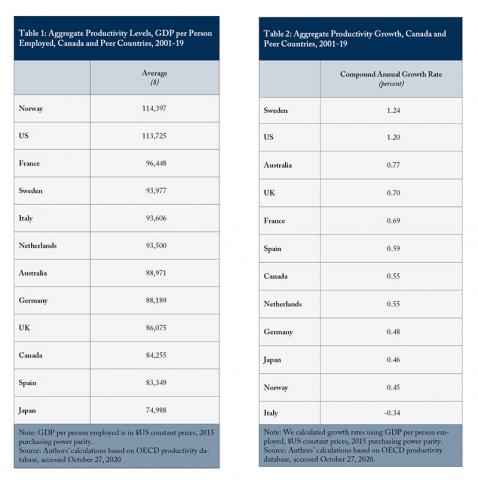From: Jeremy M. Kronick
To: Ontario Finance Minister Peter Bethlenfalvy
Date: February 9, 2021
Re: Implementing the Recommendations of the Capital Markets Modernization Taskforce
The highly anticipated Capital Markets Modernization Taskforce final report recently arrived with “over 70 consequential recommendations” for the Ontario government to consider as it revamps its market regulation.
There is much to like, including recommendations by C.D. Howe Institute authors, such as the merging of the Investment Industry Regulatory Organization of Canada (IIROC) and the Mutual Fund Dealers Association of Canada (MFDA), parallel but separate dealer oversight organizations. This short memo cannot get into the details of each recommendation, however a few are mission critical if Ontario wants to create the types of jobs and economic prosperity this report envisions.
The theme I will focus on here is competition and innovation, which underpins a few of the report’s recommendations. In wealthy economies like Canada’s, more capital and labour are good, but the additional growth they create is limited by diminishing returns. The only way to set growth on a higher trajectory is to increase productivity, through, among other things, innovation.
Unfortunately, Canada lags in various measures of productivity. It is near the bottom in GDP per person employed from 2001-2019, relative to our usual peer countries (Table 1). And compound annual growth rates also put Canada in the bottom half (Table 2). With business investment likely to be weak post-pandemic, we need to look for creative ways to bend the curve upwards.
The financial services sector is a great place to look for areas to improve productivity as it is unique in its ability to improve both its own productivity and the productivity of other sectors through its decisions around allocation of capital.
I have long argued that competition and innovation need to be central in the mandates of Canadian financial sector regulatory bodies. They will never supersede investor protection, but they should also not be relegated to the backbenches. And, this is exactly what the taskforce recommends for the Ontario Securities Commission (OSC): “Expand the mandate of the OSC to include fostering capital formation and competition in the markets…” I urge the Ontario government to accept this recommendation, which will bring us in line with other regulators such as the U.K. Financial Conduct Authority, and the Australian Securities and Investments Commission.
However, it is one thing to change the mandate to include competition and, as a result, innovation, and another to recommend specific policies to help address the gaps. The recommendation to create the Ontario Regulatory Sandbox, and the accompanying specifics, should do just that. Sandboxes are a great tool for testing new products/delivery of services in a safe environment with a reduced regulatory burden (think open banking) – the last, critical, for smaller fintechs.
And, Canada has been slow to develop its fintechs, despite clear market opportunities for these technology-driven financial services providers. In 2019, fintech investment in Canada totaled $2.3 billion, compared to $59 billion in the US and $49 billion in the UK.
It will require extensive changes to current capital markets legislation to enact the taskforce agenda. It recommends adopting an Ontario version of the Capital Markets Act, legislation being developed for the Cooperative Capital Markets Regulatory System (CCMR) – a single capital markets regulator operating in all participating provinces and territories. Should Ontario adopt this legislation, the hope would be that other provinces would adopt similar legislation, giving a helpful push to the work being done by the Capital Markets Authority Implementation Organization, the agency tasked with transition and implementation of the single regulator. However, the government must avoid too much Ontario-centricity to which other provinces might balk, leaving us no closer to a single regulator. If adopting the Act is necessary to get the recommendations around competitiveness and innovation in place, the Ontario government should ensure that the Ontario version does not create headaches for other provinces.
There is lots to like in the recommendations of the taskforce. The next step is implementation by the Ontario government. Focusing on recommendations that encourage competition and innovation should be top of the list.
Jeremy M. Kronick is Associate Director, Research, at the C.D. Howe Institute.
To send a comment or leave feedback, email us at blog@cdhowe.org.
The views expressed here are those of the author. The C.D. Howe Institute does not take corporate positions on policy matters.






